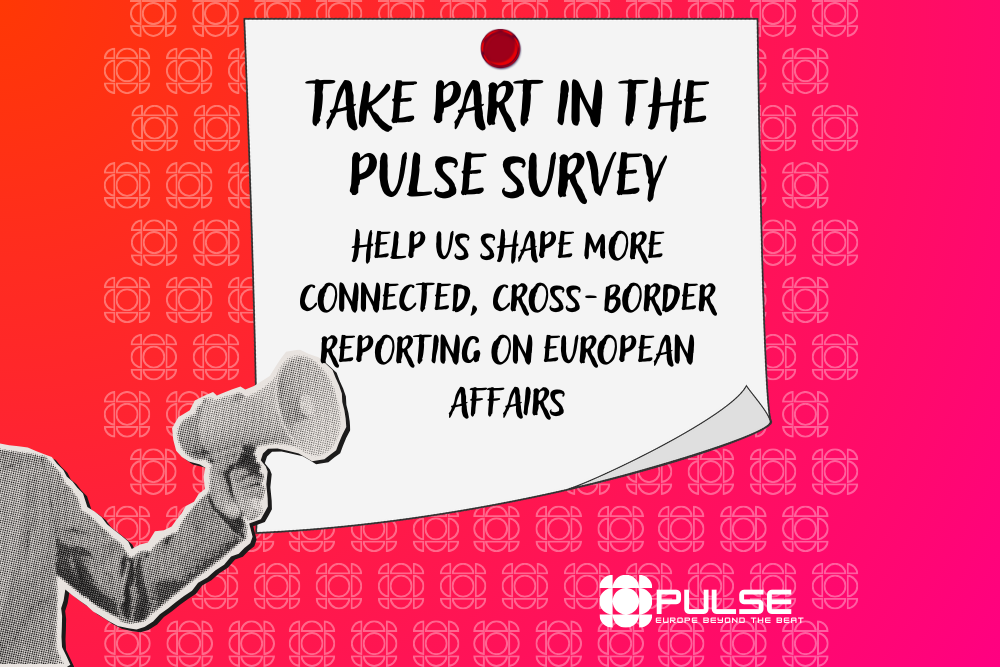EU, Internet connections are getting faster and faster
In the last five years, the average speed of Internet access has quadrupled in Italy, in line with improvements that have occurred throughout Europe. However, some territories risk being left out: public investments in broadband supported by the EU are essential

EU-Internet-connections-are-getting-faster-and-faster
© Proxima Studio/Shutterstock
A wide gap remains between the regions of Europe in terms of Internet access. In France, the average connection speed exceeds 300 Megabits per second (Mbps), while Greece stops at just 78.9 Mbps. Greece was the worst among all EU countries – it is the only member state with an average speed of less than 100 Mbps – and the third worst in Europe when looking at the performance of non-EU countries.
Italy stands at around 190 Mbps: an intermediate value, lower than that of other large European countries such as France, Spain or Romania, but higher than Germany’s.
The figures stem from OBCT's elaboration of Internet speed data published by Ookla, spanning from the first quarter of 2019 to the third quarter of 2024. In this period, the EU country that saw the most significant increase in Internet speed was Cyprus, which quintupled its average speed in five years from less than 18 Mbps to more than 100 Mbps – but in Italy too, the average connection speed increased more than fourfold in the same period.
The other EU countries that had the greatest increases were Croatia, Ireland, France. The worst case is Sweden, which "only" doubled its connection speed and now stands at values similar to those in Italy.
More Gigabit for all
Expanding broadband is a prerequisite for a greater digitalisation of European society. In order for it to also foster socio-economic inclusion and harmonious economic development, it is considered essential that the digital divide between the various European regions is gradually reduced.
The EU's digitalisation objectives are encapsulated in initiatives such as the European Digital Decade 2030 and the Gigabit society, which aim to ensure greater connectivity and broadband coverage across the Union: these are ambitious goals, which include high-speed internet access for all households by 2025, as well as full 5G coverage for urban areas and main communication routes.
While urban areas often attract investment from the market, rural and underserved regions face high costs and a lack of private investment. This is where the EU cohesion policy comes in, which also in the digital field seeks to bridge the disparities between regions and ensure that all territories can benefit from the new opportunities offered by technology.
Cohesion policy channels significant resources into digitalisation efforts through the European Regional Development Fund and the European Agricultural Fund for Rural Development. For the 2021-2027 programming period, 19 Member States have access to €3.17 billion in funds earmarked specifically for broadband development.
The largest beneficiary is Poland, with 800 million Euros, followed by Spain, with over €420 million, and Greece, with €342 million, while Italy is allocated €102 million. Funding of €1.8 million is also planned for Interreg programme projects, i.e. those that invest regions spanning different states.
Cohesion policy efforts combine with other EU-funded or supported instruments, such as the Connecting Europe Fund (CEF) and national broadband plans. Synergies help maximise impact and align digitalisation efforts with broader development priorities, including economic growth, innovation and social inclusion. The integration of digitalisation into cohesion policy goes beyond technology and communications to deliver broader benefits.
As the EU moves towards its 2030 digital targets, the interaction between digitalisation and cohesion policy will remain key to creating a more resilient and united digital society. However, Member States will need to make an effort to spend all the funds allocated and avoid a situation where, as happened in the 2014-2020 programming period, a failure to use these funds could limit the transformative impact of digitalisation.
This article is published within the framework of the project "Cohesion4Climate" co-funded by the European Union. The EU is in no way responsible for the information or views expressed within the framework of the project; the sole responsibility for the content lies with OBCT.
Tag: Cohesion for Climate
Featured articles
- Take part in the survey
EU, Internet connections are getting faster and faster
In the last five years, the average speed of Internet access has quadrupled in Italy, in line with improvements that have occurred throughout Europe. However, some territories risk being left out: public investments in broadband supported by the EU are essential

EU-Internet-connections-are-getting-faster-and-faster
© Proxima Studio/Shutterstock
A wide gap remains between the regions of Europe in terms of Internet access. In France, the average connection speed exceeds 300 Megabits per second (Mbps), while Greece stops at just 78.9 Mbps. Greece was the worst among all EU countries – it is the only member state with an average speed of less than 100 Mbps – and the third worst in Europe when looking at the performance of non-EU countries.
Italy stands at around 190 Mbps: an intermediate value, lower than that of other large European countries such as France, Spain or Romania, but higher than Germany’s.
The figures stem from OBCT's elaboration of Internet speed data published by Ookla, spanning from the first quarter of 2019 to the third quarter of 2024. In this period, the EU country that saw the most significant increase in Internet speed was Cyprus, which quintupled its average speed in five years from less than 18 Mbps to more than 100 Mbps – but in Italy too, the average connection speed increased more than fourfold in the same period.
The other EU countries that had the greatest increases were Croatia, Ireland, France. The worst case is Sweden, which "only" doubled its connection speed and now stands at values similar to those in Italy.
More Gigabit for all
Expanding broadband is a prerequisite for a greater digitalisation of European society. In order for it to also foster socio-economic inclusion and harmonious economic development, it is considered essential that the digital divide between the various European regions is gradually reduced.
The EU's digitalisation objectives are encapsulated in initiatives such as the European Digital Decade 2030 and the Gigabit society, which aim to ensure greater connectivity and broadband coverage across the Union: these are ambitious goals, which include high-speed internet access for all households by 2025, as well as full 5G coverage for urban areas and main communication routes.
While urban areas often attract investment from the market, rural and underserved regions face high costs and a lack of private investment. This is where the EU cohesion policy comes in, which also in the digital field seeks to bridge the disparities between regions and ensure that all territories can benefit from the new opportunities offered by technology.
Cohesion policy channels significant resources into digitalisation efforts through the European Regional Development Fund and the European Agricultural Fund for Rural Development. For the 2021-2027 programming period, 19 Member States have access to €3.17 billion in funds earmarked specifically for broadband development.
The largest beneficiary is Poland, with 800 million Euros, followed by Spain, with over €420 million, and Greece, with €342 million, while Italy is allocated €102 million. Funding of €1.8 million is also planned for Interreg programme projects, i.e. those that invest regions spanning different states.
Cohesion policy efforts combine with other EU-funded or supported instruments, such as the Connecting Europe Fund (CEF) and national broadband plans. Synergies help maximise impact and align digitalisation efforts with broader development priorities, including economic growth, innovation and social inclusion. The integration of digitalisation into cohesion policy goes beyond technology and communications to deliver broader benefits.
As the EU moves towards its 2030 digital targets, the interaction between digitalisation and cohesion policy will remain key to creating a more resilient and united digital society. However, Member States will need to make an effort to spend all the funds allocated and avoid a situation where, as happened in the 2014-2020 programming period, a failure to use these funds could limit the transformative impact of digitalisation.
This article is published within the framework of the project "Cohesion4Climate" co-funded by the European Union. The EU is in no way responsible for the information or views expressed within the framework of the project; the sole responsibility for the content lies with OBCT.
Tag: Cohesion for Climate










